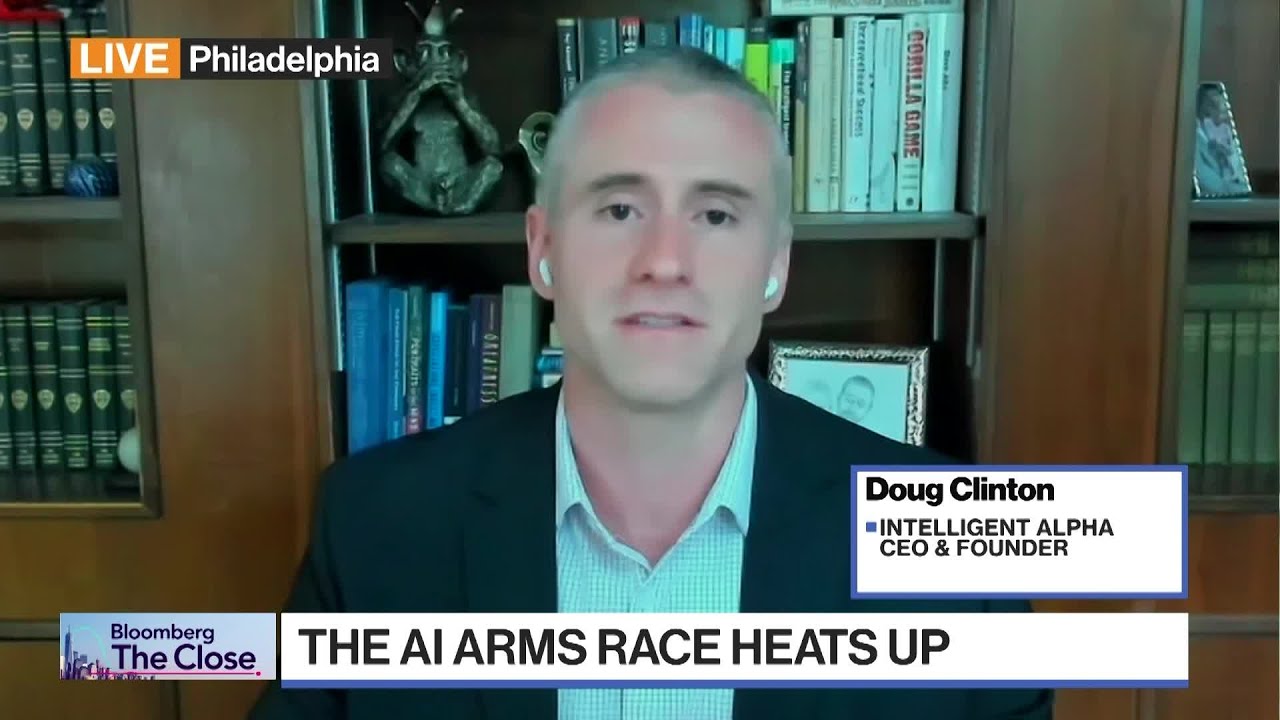Doug Clinton highlights Nvidia’s continued dominance in the AI and chip industry, driven by strong revenue growth, upcoming product launches like Blackwell chips, and expanding AI adoption across sectors. He emphasizes that ongoing demand for AI inference workloads and potential re-entry into the Chinese market position Nvidia for sustained long-term growth.
In the discussion, Doug Clinton emphasizes that Nvidia remains a dominant player in the AI and chip industry, driven by its impressive revenue growth and profitability. The upcoming release of Blackwell chips and the broader adoption of AI across various sectors are expected to sustain Nvidia’s leadership. Clinton highlights that AI is transforming many aspects of the world, including portfolio management, and Nvidia’s strategic focus on AI positions it well to capitalize on this wave of technological change.
Clinton notes that hyperscalers—large cloud and data center companies—continue to increase their capital expenditures, which bodes well for Nvidia’s future sales. He expresses confidence that Nvidia’s upcoming quarterly results will meet or exceed expectations, with estimates around $43 billion in revenue and a gross margin of 71%. The potential for Nvidia to re-enter the Chinese market with new chips, following recent export restrictions, is seen as a significant upside, possibly adding around $10 billion in revenue over time, although this process may take a few months.
The conversation also touches on the impact of export controls, particularly the restrictions on selling certain chips to China, which resulted in a write-down of about $5.5 billion. Clinton suggests that Nvidia will likely find a way to re-enter the Chinese market, but it will take some time for the restrictions to be eased. He discusses the Blackwell architecture and the new chips replacing older models like the H20, which are expected to be lower-powered and tailored for data centers. The pricing for these new chips is expected to be significantly lower than previous models, reflecting different market dynamics.
Regarding Nvidia’s long-term growth prospects, Clinton argues that the demand for their chips could persist longer than many investors anticipate. Despite high growth rates, the continued demand from hyperscalers and the expansion of data centers focused on inference—using AI models for real-time applications—suggests a longer growth tail. He highlights that many companies are struggling to meet the surge in demand for AI infrastructure, which could sustain Nvidia’s growth well into the future, especially as inference workloads become more prevalent.
Finally, Clinton discusses the implications of the evolving AI landscape, particularly how the demand for computational power for training large models and inference is shaping Nvidia’s outlook. He explains that while training is a discrete activity, the ongoing need for inference—using trained models—drives persistent demand for compute resources. Nvidia can leverage this demand by repurposing training hardware for inference and building dedicated stacks, ensuring continued revenue growth. Overall, Clinton sees Nvidia’s leadership and strategic positioning as strong, with multiple avenues to sustain its dominance in the AI chip industry.
